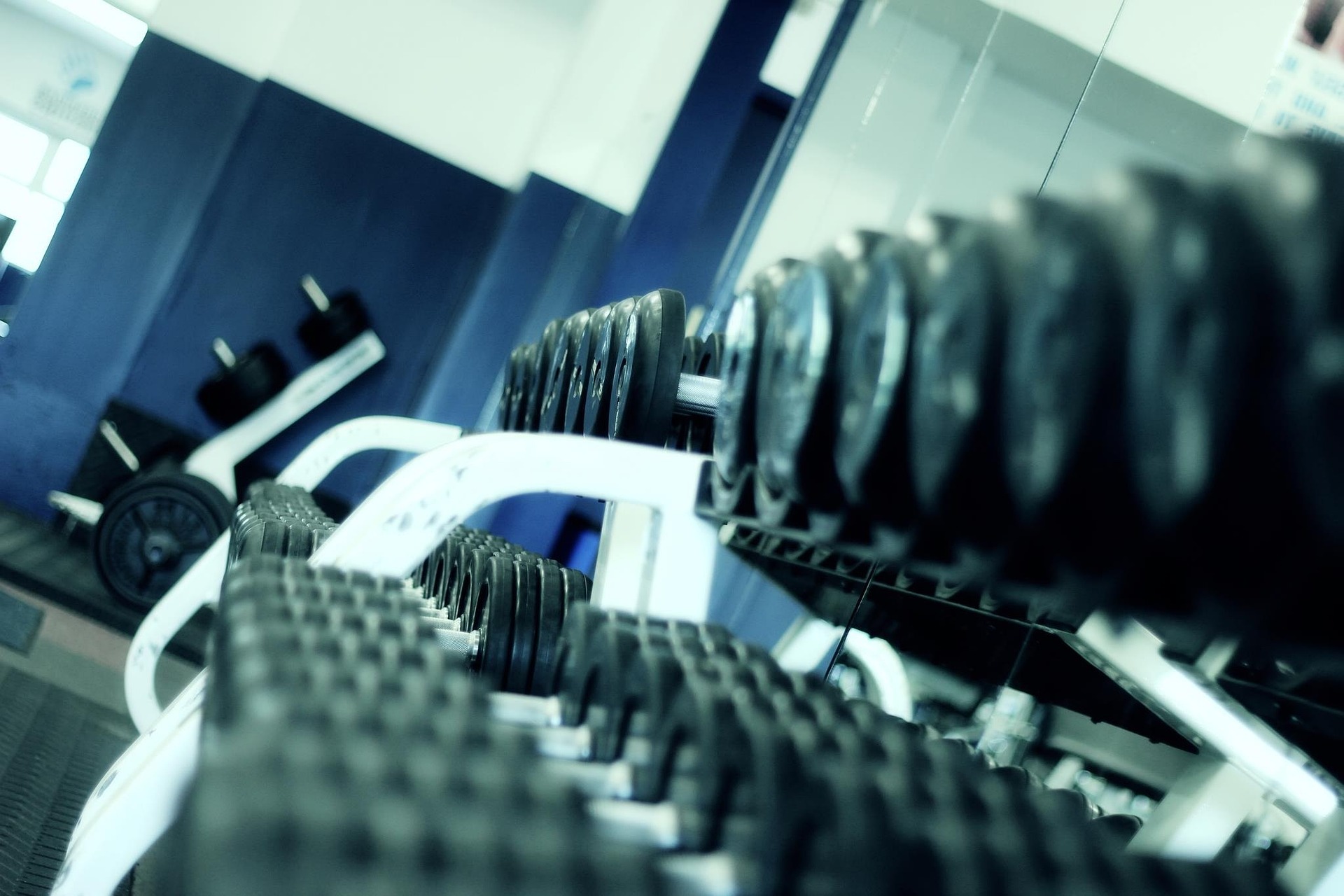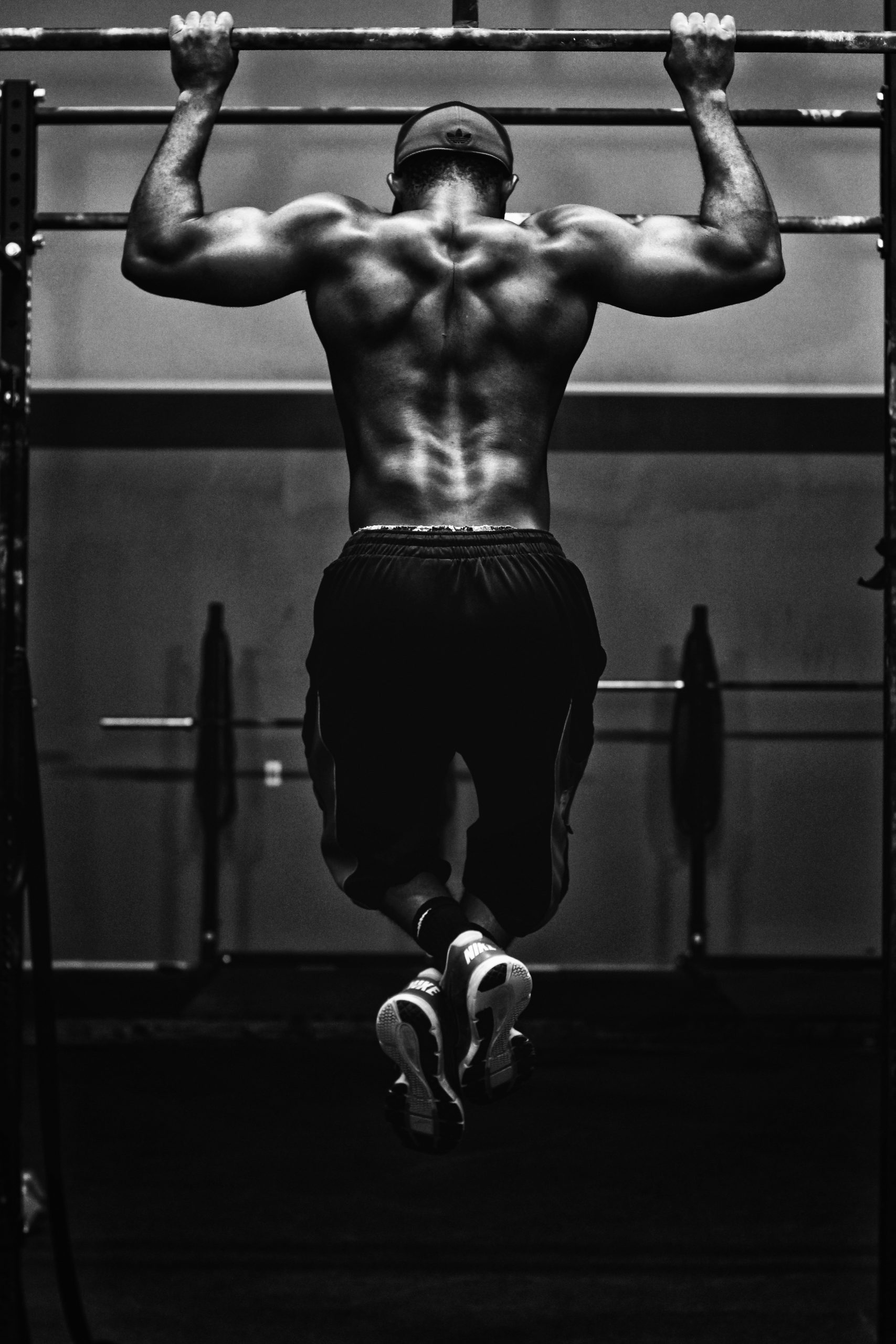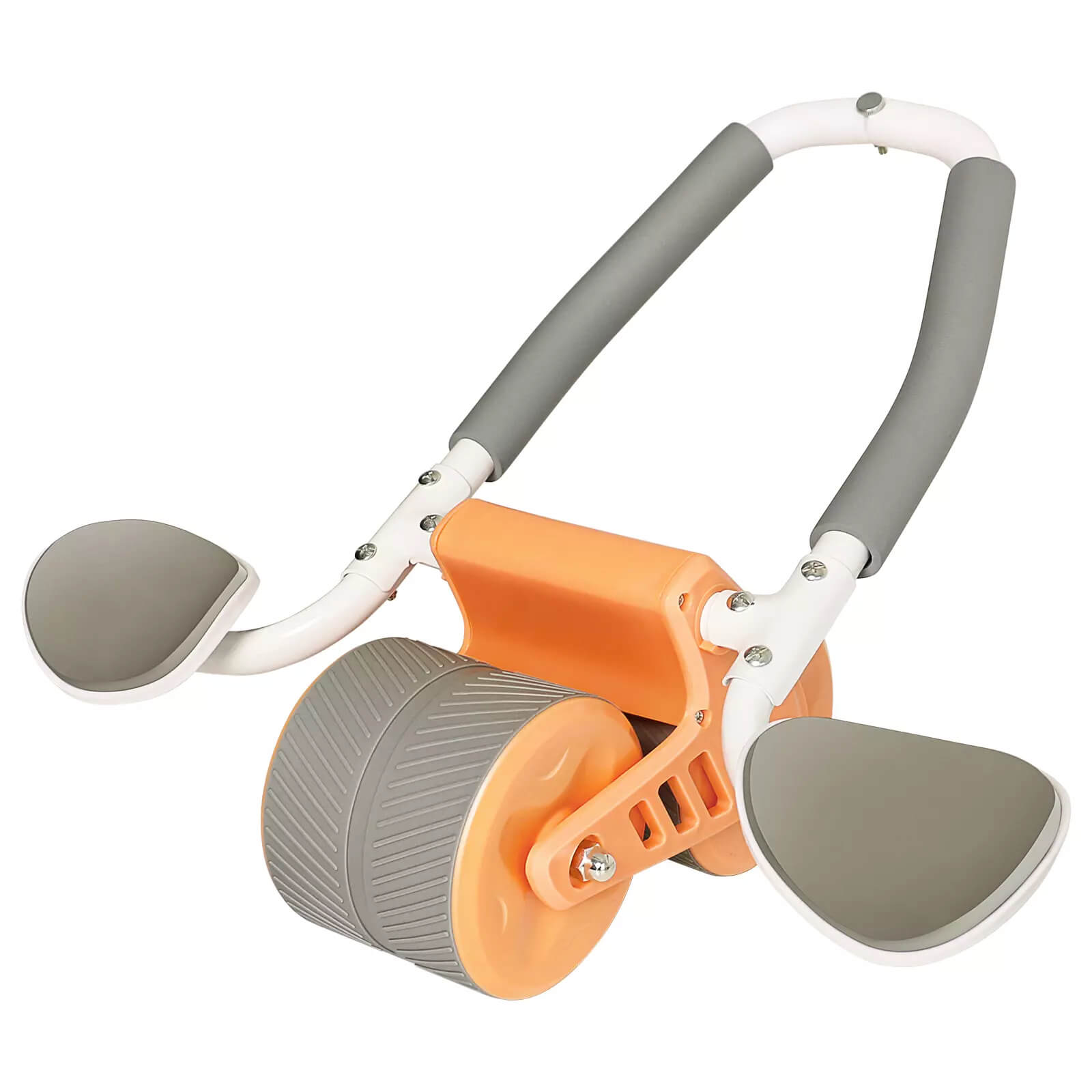our kettlebell buying guide is intended to analyze the different types of kettlebells so that when the time comes to make a purchase, you will be well informed about which kettlebells best suit your budget and fitness goals. This time, the spotlight is on two candidates: Cast Iron and Cement Filled.
Kettlebells are an incredibly flexible piece of equipment that can be used for a range of training purposes.
Although these tools are relatively inexpensive, compact, and seem innocent and simple, they offer a powerful way to exercise the entire body by engaging planes and muscles all over your body from the moment you pick them up until you set them down.
No wonder why people enjoy kettlebell workouts that much. So, if you’re willing to take part in kettlebell training but haven’t found a fit among countless models on the market, or if you’re undecided between the two leading fighters, Cast Iron and Cement-Filled, you’ve come to the right place.
In the vast world of kettlebells, knowing the suitable style is equally important as getting the appropriate weight. This ensures that you can be either benefited or suffered from this fitness tool.
So, as a reminder, be very cautious in researching each design and carefully selecting the one that best suits you for long-term use and physical guarantee.
Identifying different types of kettlebells can be tricky for those who are new to this field, but don’t worry, we got you!

1.Core Material Used
The primary material used in cast iron kettlebells is cast iron, which is an alloy composed of iron and carbon. Cast iron is widely employed in the manufacturing of fitness equipment due to its high strength and wear resistance, particularly suitable for kettlebells that undergo repeated impacts and bear heavy loads.
Because of its outstanding durability and stability, cast iron emerges as the ideal choice for crafting kettlebells.
Cement-filled kettlebells, on the other hand, are constructed with about 90% cement as the weight and the remaining 10% covering content, which is the first notable distinction between Cement and Cast Iron kettlebells.
2.Product description
It may seem apparent, but fitness newbie may not be able to distinguish between one and the other with just a single glance. So it’s best to check the detailed information.
With the current shopping trend, many people choose to buy sports equipment from e-commerce sites or directly on the manufacturer’s website.
A complete list of currently available products will display on the screen of your mobile devices, along with specific information about each type under the product description or product information section.
3.Appearance
If you’ve trained with kettlebells or even just touched them for once, you should be able to tell the difference between “Cast Iron” and “Cement” with this method.
Many people falsely believe the Cement Kettlebells will look exactly how cement looks, and they would be harsh to touch on; thus, distinguishing between the two would be “a piece of cake.”
That, though, is absolutely inaccurate.
When you type in “Cement Kettlebell” on an online search engine like Google, the image returns will show mostly kettlebells covered with Vinyl, Neoprene, or plastics like PVC in a variety of colors and patterns.
And the kind of unadorned kettlebell you’ve pictured can completely be self-made. So when choosing from manufacturers, it would be very easy to distinguish which is the Cement and which is the Cast Iron one. However, there are exceptions, as certain brands market cast iron kettlebells encased in plastic, it is necessary to check both the appearance and the information provided.
4.Size
By saying “size” we mean the density differential between Cast Iron and Concrete material, which results in different sizing regardless of weight.
Cast iron has a greater density than other materials, and cast metals have three times the density of pure concrete or cement.
This enables iron to reach the goal weight in less space and volume than cement, thus eliminating the need for additional material.
As a result, even if they weigh the same, Cast Iron kettlebell can appear more compact than the Cement counterpart. Not to mention that the additional coating of rubber or plastic on the outside would significantly increase the size and diameter of the cement one.
Conclusion
Considering the above points, we can conclude that when choosing between cement-filled and cast iron kettlebells, opt for ones based on your prority over budget and fitness goal.
If you are much care about the price and want to save the budget, go for the cement filled one. But remember to keep their weakness in mind and exercise carefully.
And, if you prior the workout effectiveness and your safeness, don’t hesitate to pick up iron casted kettlebell sets for your gym. You will fall in love with these excellent pieces from the first sight. But remember to choose a reliable shop to buy since there are some cheap manufacturer provide low quality kettlebells.
Hopefully, you will find useful information through our above content.
Subscribe to our news to get updates weekly relating to Introduction of sportswear 、molds、selections for customers, advice solution, and For various products in the fitness industry, including kettlebells, dumbbells, boxing equipment, yoga gear, fitness accessories, weights, etc. Also, contact us if you are looking for an fitness equipment wholesaler.
All the best wishes!





